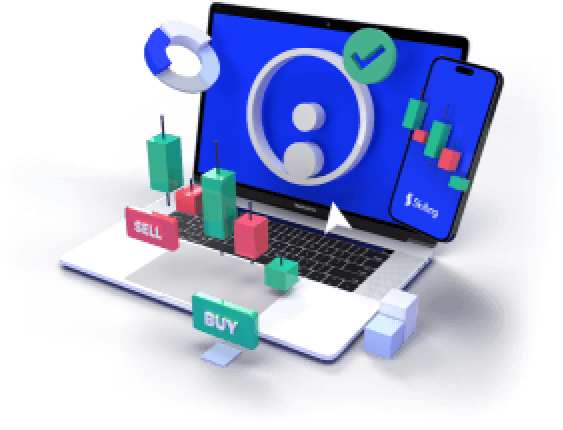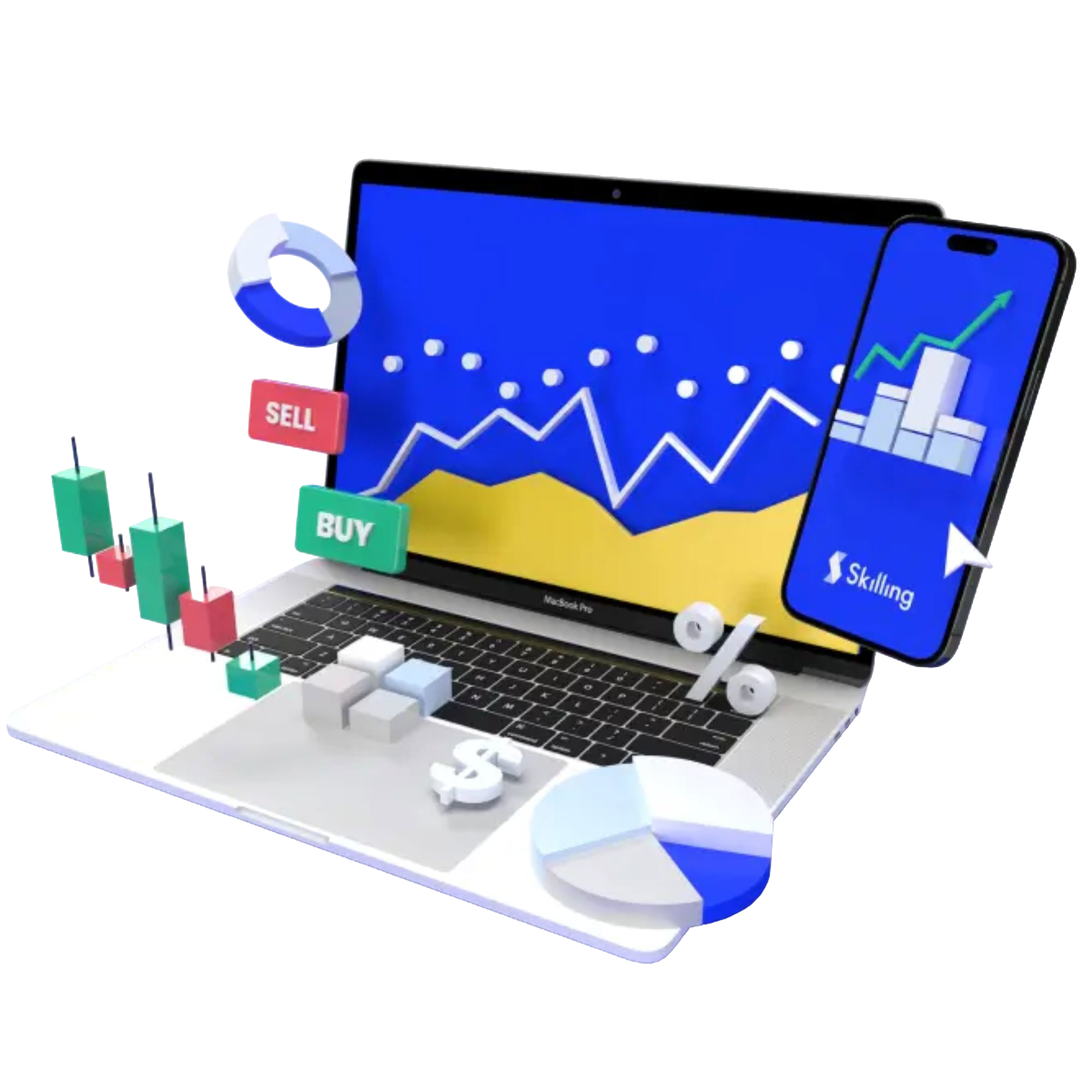
The dividend yield is a key metric for investors looking to assess the potential return on their stock investments. It represents the annual dividend income an investor can expect relative to the stock’s current price. However, past performance does not guarantee or predict future performance. Understanding dividend yield helps investors make informed decisions and optimize their portfolios for steady income and long-term growth.
In this article, we will explore what dividend yield is, why it is important for traders and investors, how to calculate it, and the various factors that influence it. Additionally, we will guide you on how to trade global stocks CFDs online, offering a comprehensive view for both novice and experienced investors.
What is dividend yield?
The dividend yield is a financial ratio that shows how much a company pays out in dividends each year relative to its stock price. It is expressed as a percentage and provides investors with an idea of the income they can expect from their investment, independent of capital gains.
Practice with a Demo Account
Try our demo account and experience real market conditions.
71% of retail CFD accounts lose money.

For example, if a company’s stock is trading at $100 and it pays an annual dividend of $5, the dividend yield would be 5%. This means that for every $100 invested in the stock, an investor can expect to receive $5 in dividends per year.
Why is dividend yield important for traders and investors?
Dividend yield is a key consideration for traders and investors for several reasons:
- Income generation: For income-focused investors, such as retirees, dividend yield offers a steady source of income.
- Investment performance: A high dividend yield can indicate a company's financial health and its commitment to returning value to shareholders.
- Risk assessment: Dividend yields can help assess the risk level of an investment. Stocks with very high yields might be risky as they could indicate underlying financial troubles.
- Market comparison: Comparing dividend yields across different companies and sectors helps investors identify attractive investment opportunities.
By analyzing dividend yields, investors can strike a balance between income and growth, ensuring their portfolios align with their financial goals.
How to calculate dividend yield
Calculating dividend yield is straightforward. The formula is:
Dividend yield = (Annual Dividend Per Share / Price Per Share) * 100
For instance, if a stock’s annual dividend is $2 and its current share price is $50, the dividend yield would be:
Dividend yield = (2 / 50) * 100 = 4%
This calculation provides details of the income potential from an investment relative to its market price.
What factors influence dividend yields?
Several factors can influence a company’s dividend yield:
- Company earnings: Companies with stable and growing earnings are more likely to offer consistent or increasing dividends.
- Dividend policy: Some companies prioritize high dividend payouts, while others reinvest profits back into the business.
- Economic conditions: Economic downturns can lead to reduced earnings and lower dividends, impacting yields.
- Stock price fluctuations: As stock prices change, so does the dividend yield. A rising stock price can lower the yield, and vice versa.
- Interest rates: Higher interest rates can lead investors to prefer bonds over dividend-paying stocks, potentially lowering stock prices and increasing yields.
Understanding these factors helps investors gauge the sustainability and potential growth of dividend payments.
Trade global stocks CFDs online
Trading global stocks CFDs (Contracts for Difference) online offers flexibility and the potential for profit in various market conditions. Here’s how you can start:
- Choose a reliable platform: Select a reputable trading platform like Skilling, known for its user-friendly interface and comprehensive tools.
- Open an account: Register and verify your account to begin trading.
- Research and analysis: Use the platform’s tools to research stocks, analyze market trends, and understand the factors affecting dividend yields.
- Place your trades: Decide whether to buy or sell CFDs based on your analysis and market conditions.
- Monitor and adjust: Keep an eye on your positions and adjust your strategy as needed to maximize returns.
For example, understanding the price of silver would be beneficial when making informed trading decisions on hard commodities trading.
Experience Skilling's award-winning platform
Try out any of Skilling’s trading platforms on the device of your choice across web, android or iOS.
71% of retail CFD accounts lose money.

FAQs
1. What is a dividend yield?
The dividend yield is the annual dividend income received from an investment relative to its current stock price, expressed as a percentage.
2. Why is dividend yield important?
It helps investors assess the income potential of an investment, compare different stocks, and gauge the risk level.
3. How is dividend yield calculated?
The formula is: Dividend Yield = (Annual Dividend Per Share / Price Per Share) * 100
4. What factors influence dividend yields?
Factors include company earnings, dividend policies, economic conditions, stock price fluctuations, and interest rates.
5. Where can I trade global stocks CFDs?
You can trade global stocks CFDs on platforms like Skilling, which offer comprehensive tools and resources for effective trading.











